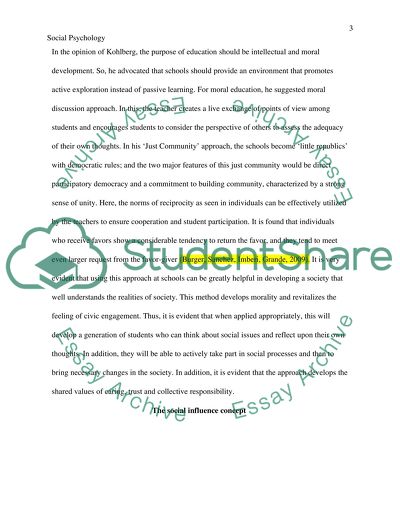Cite this document
(“Specific Recommendations for Real-World Situations Essay”, n.d.)
Retrieved from https://studentshare.org/psychology/1425819-final-synthesis-paper-social-psychology
Retrieved from https://studentshare.org/psychology/1425819-final-synthesis-paper-social-psychology
(Specific Recommendations for Real-World Situations Essay)
https://studentshare.org/psychology/1425819-final-synthesis-paper-social-psychology.
https://studentshare.org/psychology/1425819-final-synthesis-paper-social-psychology.
“Specific Recommendations for Real-World Situations Essay”, n.d. https://studentshare.org/psychology/1425819-final-synthesis-paper-social-psychology.


